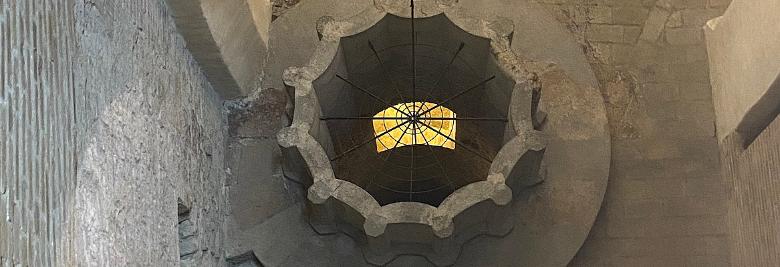Trinci Palace - Foligno
The history of the palace
The Trinci family, rulers of Foligno from 1305 to 1439, transformed the palace into a symbol of their power. Commissioned by Ugolino Trinci, the building was constructed by renovating pre-existing medieval structures and decorated with opulence that still amazes visitors today. After the fall of the Trinci rule and Foligno’s annexation to the Papal States, the palace became the residence of the papal governors, maintaining this function until the unification of Italy. Over the centuries, the palace underwent modifications and suffered damage, particularly due to earthquakes and bombings during World War II, yet it has retained its charm.
Architecture and decorations
The neoclassical façade we see today dates back to the 19th century, but the palace conceals much older treasures. The overpass on the right, which connected the palace to the buildings above the smaller nave of the Cathedral, still preserves its 15th-century brickwork and a Gothic mullioned window. In the inner courtyard, a large brick portico with cross vaults offers a glimpse into 15th-century architecture.
Climbing the Gothic staircase, once open-air and decorated with geometric trompe-l’œil motifs, one reaches the heart of the palace. The flying buttresses and cross vaults provide fascinating perspectives and views.
On the second floor, the vestibule opens onto the Sala Sisto IV (Sixtus IV Hall), richly frescoed and covered by a wooden ceiling bearing the pope’s coat of arms. Here, visitors can also admire the Chapel, frescoed by Ottaviano Nelli with the Stories of the Life of the Virgin (1424), a masterpiece of delicacy and spirituality.
The frescoed halls, an allegorical journey
The Loggia is decorated with the Stories of the Foundation of Rome, a fresco cycle that alludes to the power of Rome and, by analogy, to that of Foligno. Some of the frescoes remain in sinopia, the preparatory underdrawing. From the loggia, visitors can enter the Room of the Liberal Arts and Planets, where personifications of the Trivium (Grammar, Dialectic, Rhetoric) and the Quadrivium (Arithmetic, Music, Geometry, and Astrology), along with Philosophy and the seven planets, illustrate a complex allegorical concept: life is divided into seven stages, each influenced by a planet and linked to the learning of a discipline.
A 17th-century notebook revealed that the frescoes in the loggia, the Hall of the Planets and Liberal Arts, were created by Gentile da Fabriano with the help of some of his students.
The aerial corridor connecting the palace to the Cathedral is an ingenious structure that suggests the theme of the ages of man, a recurring motif in the decorations.
Continuing, visitors reach the Hall of Emperors (or Giants), adorned with colossal figures of heroes from Roman history, from Romulus to Trajan, dressed in Renaissance fashion. Below each figure, Latin verses by the humanist Francesco da Fiano celebrate their deeds.
The museums of Palazzo Trinci
In addition to its frescoes, the palace houses three important museums:
- Municipal Art Gallery: divided into sections dedicated to the 14th, 15th, and 16th centuries, it holds works of great artistic value.
- Archaeological Museum: it showcases artifacts from the ancient Umbrian peoples of the Fulginates and Plestini, as well as the Trinci family’s archaeological collection.
- Multimedia Museum of Tournaments, Jousts, and Games: a journey through the history of tournaments and jousts from the Middle Ages to the 19th century, featuring the original wooden statue of the Quintana (1550), a symbol of Foligno’s tradition.










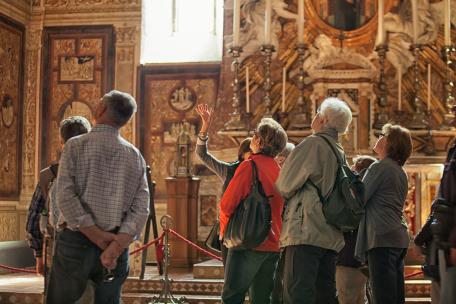






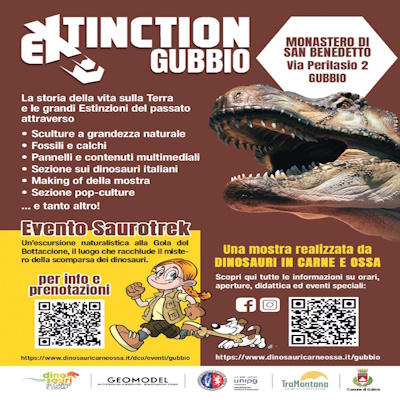
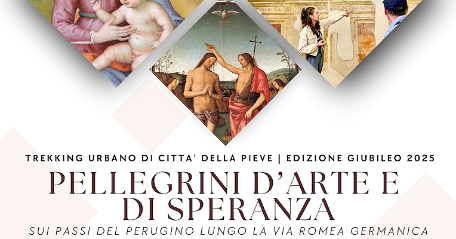
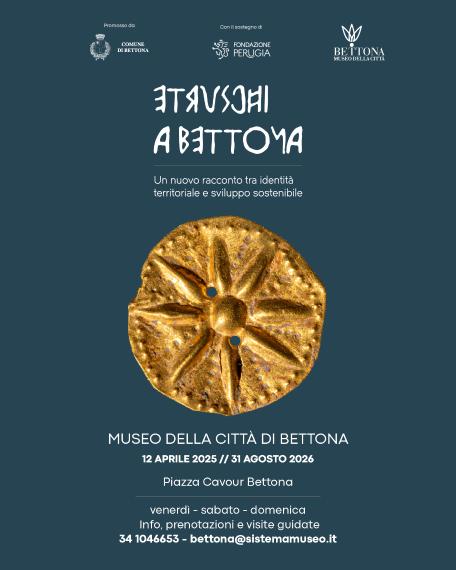
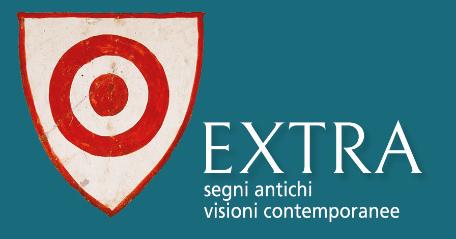
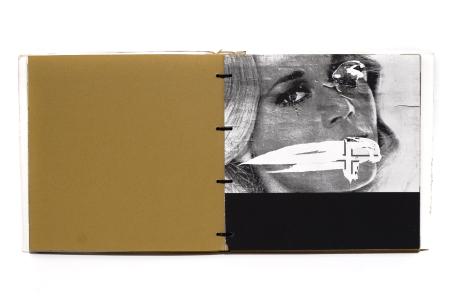
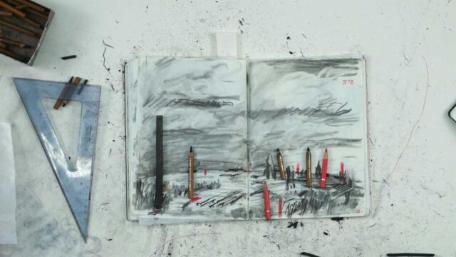






.jpg/9c821287-b9ac-2175-7491-002f9032c42f?width=780)
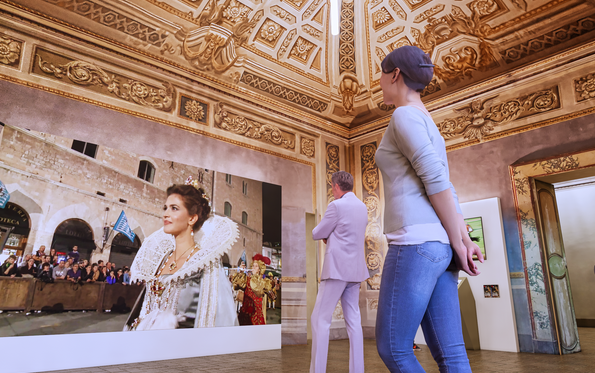
.jpeg/26712e88-9665-3ae2-a85e-3bd2b38b8a93?width=780)
